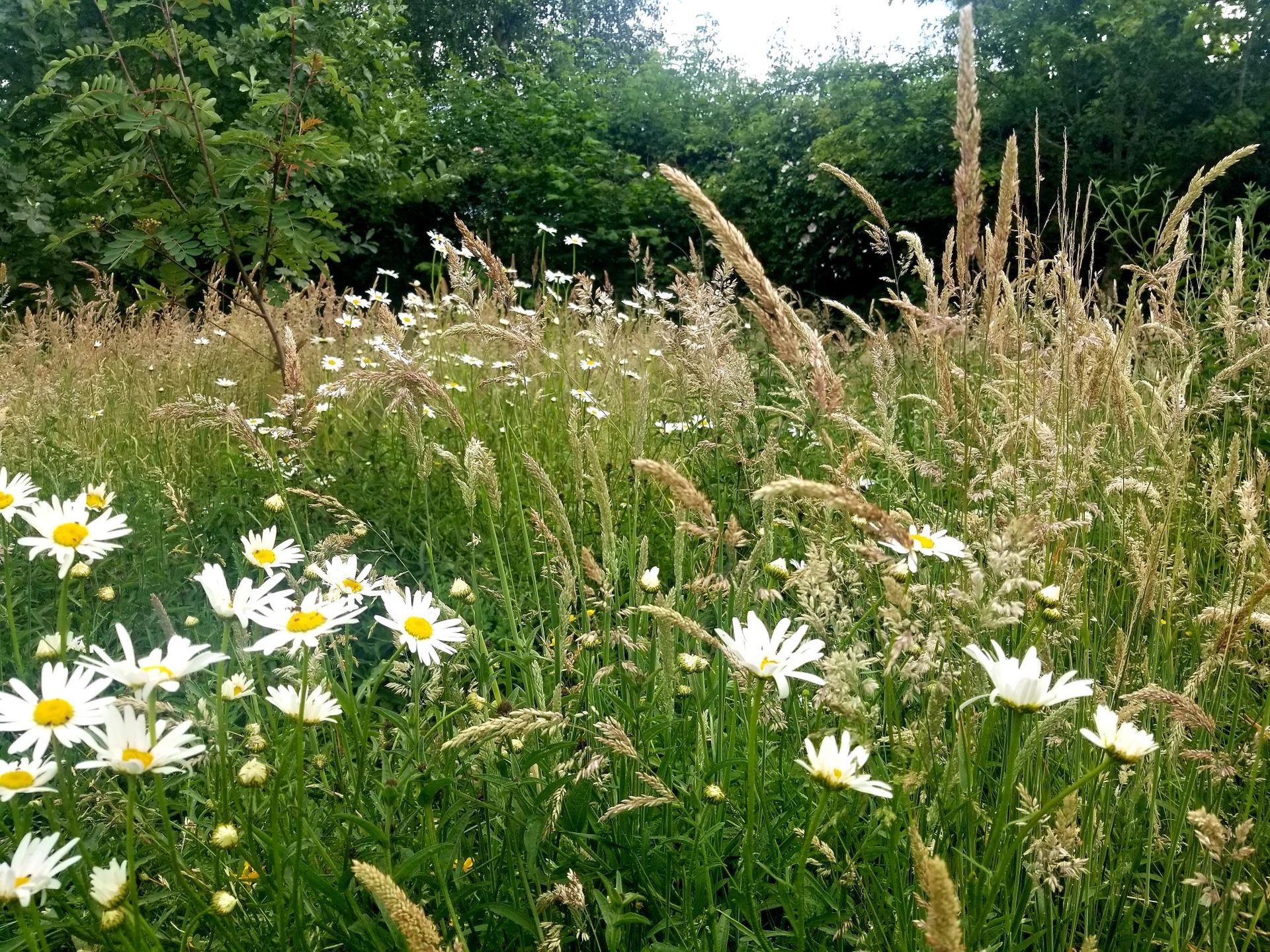Walking the walk...
BTS:
Given my propensity to bang on about how important sustainable rain water management is (it really is!) I thought it was time I share what goes on in my own garden.
Granted, it's not an average garden - part is classed as agricultural land and is part of a flood plain for the River Nene but, as such, we get to see both sides of the rain water management coin: Capture and handling of run off near the house and some of where it (and lots of other people's run off) ends up...
I recently calculated there's about 200m2 of less than permeable surface created by our house and associated patios, hardstanding and the like. In an average year of rainfall for our area, this creates over 155,000 litres of rainwater run off that might otherwise flow into the local drain network.
Here's what happens:
We have a gravel drive sloping down to the courtyard parking and a soakaway pit. This takes not only the water from a drive shared with our neighbours, but quite a lot of the roof run off from one of their houses (not ideal but it's always been like that and the alternative is it joining the highways drain).
From here it is piped underground, collecting run off from our own house downpipes and discharges into a bioswale along the side of the garden (basically a shallow vegetated ditch) that carries water along its length, towards the river. In reality, water from here never really reaches the river. The swale allows most of the water to infiltrate the ground below although, in times of heavy or persistent rain it can hold water until the ground becomes less saturated, with no ill effects.
Into the same swale goes the clean water run off from our biodigester that deals with all the grey and black water from the house (for which we have a certificate from the Environment Agency).
As part of the flood plain we do usually get persistent standing water at the end of the garden during the wetter, Winter months. Depending on the seasonal rainfall, this can rise up during periods of intense rain (and the fact that it tends to reach peak level some 24-48 hours after the main rain event would suggest this comes from rising river levels created by run off from the wider, surrounding area.
This year we had standing water in places as late as the start of June (pictured above).
Around the house and greenhouse we have a series of dipping tanks (repurposed agricultural watering troughs) and water butts to keep a convenient supply of water nearby for pots and planters. We have standard diverter kits on the butts so, when they're full, the downpipes divert back to the drain-to-swale set up.
Butt (see what I did there?!) I *know* there's more we can do around our home and garden to conserve the water that falls .
Where there's one water butt, there could be 2, allowing overflow to fill the second up.
If we blow aesthetics out the window (or, you have a good sized roof to an outbuilding or barn) how about an IBC to capture run off?
Even better, you could install an underground water storage system to really get some meaningful volume involved. This could also be used for non potable things like washing clothes and flushing loos as well as watering plants. This would be something I'd love to do but it's not one of the cheaper option!
There could be more rain planters integrated into the dipping tanks to increase plant biodiversity (we already have a lot of water on site so I have decided not to do this so far!)
I'm in the process of* putting a new rain planter in a tiny, outdoor courtyard space. Partly because is gets really dry there and I don't want to have to water it and partly because I want to see (and hear) the water fall from the house gutter, down a rain chain and into a rain planter full of lovely plants!
(* by which I mean all the components parts have been sitting in said, courtyard for the last 2 months waiting for me to put them together!)
I could do something more fancy with the greenhouse run off collection (a galvanised trough and a couple of less pretty receptacles around the back!) but, it currently does what I need it to do pretty well.
The point is, there's *always* something more you can do whether you currently consciously think about saving water or not but, if everyone just does a little something, every little helps.
***
If you have any questions about the sustainable water features mentioned above or, would like to know more about how sustainable rain management could work in your own garden, feel free to drop me an email: studio@hpgardendesign@outlook.com












